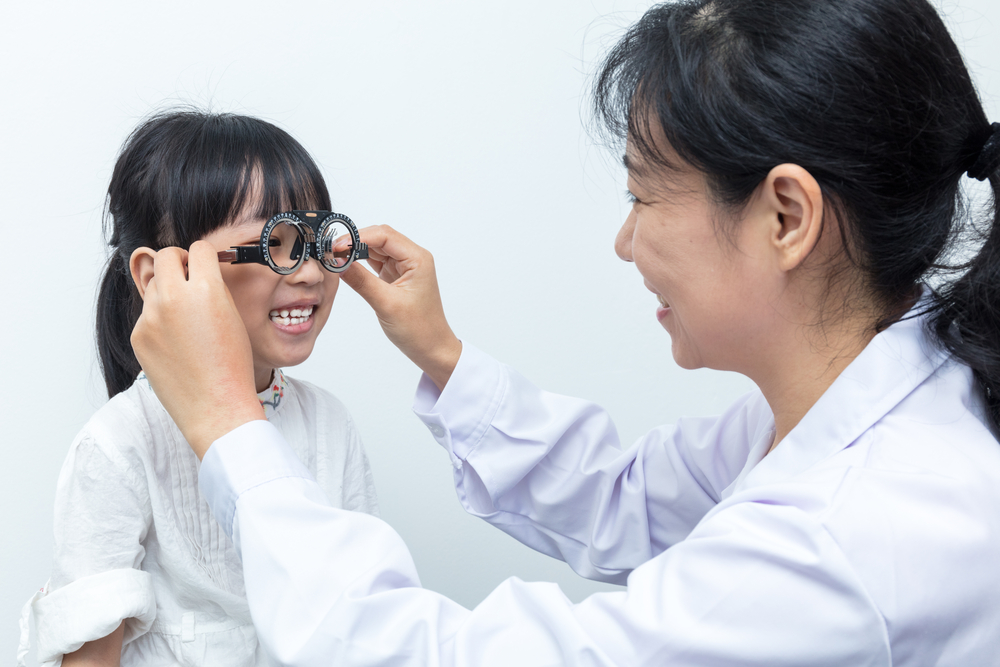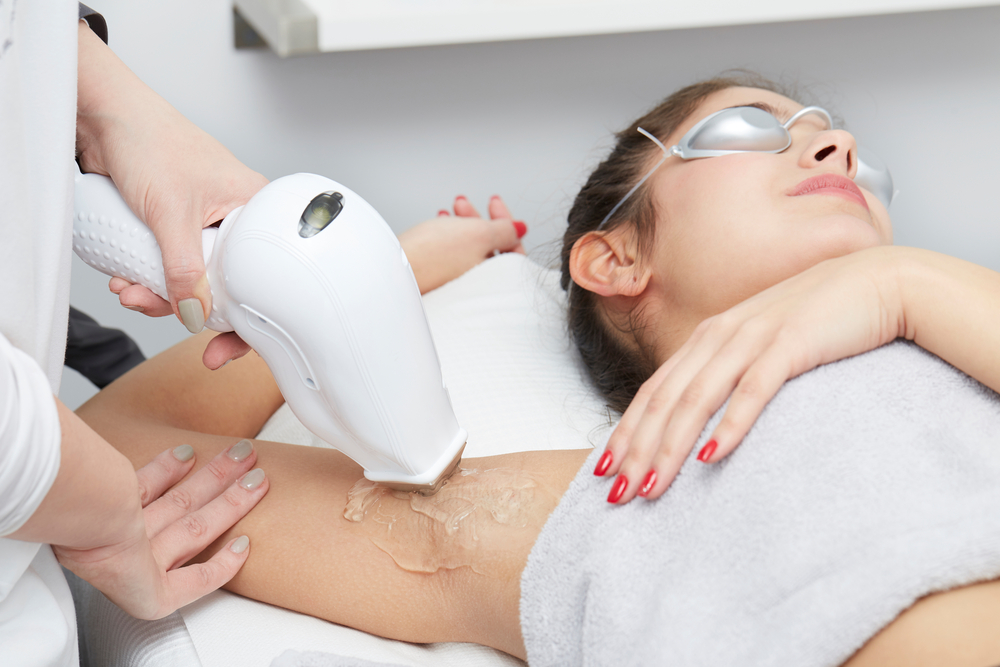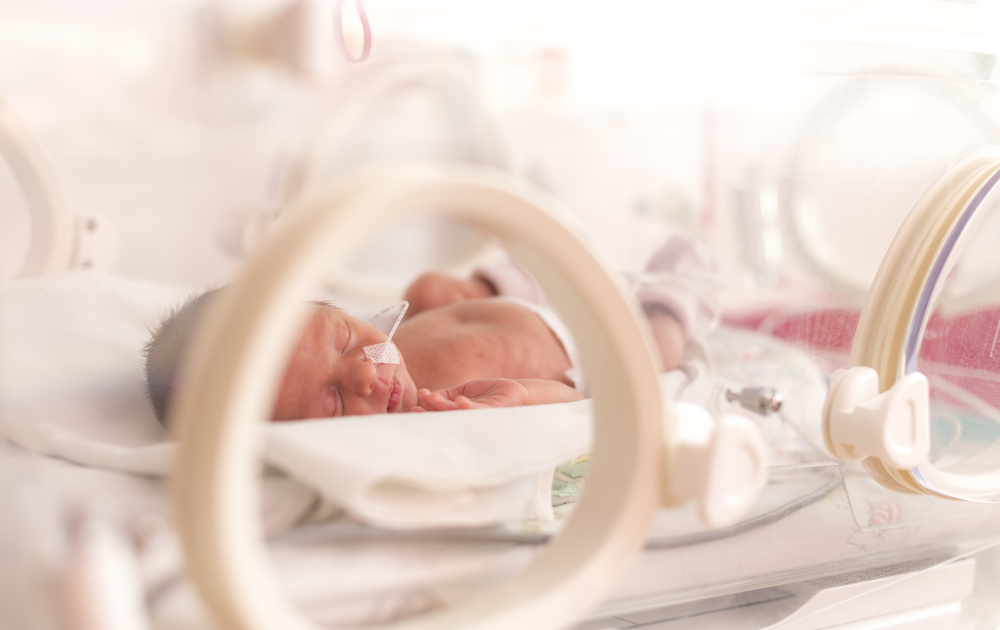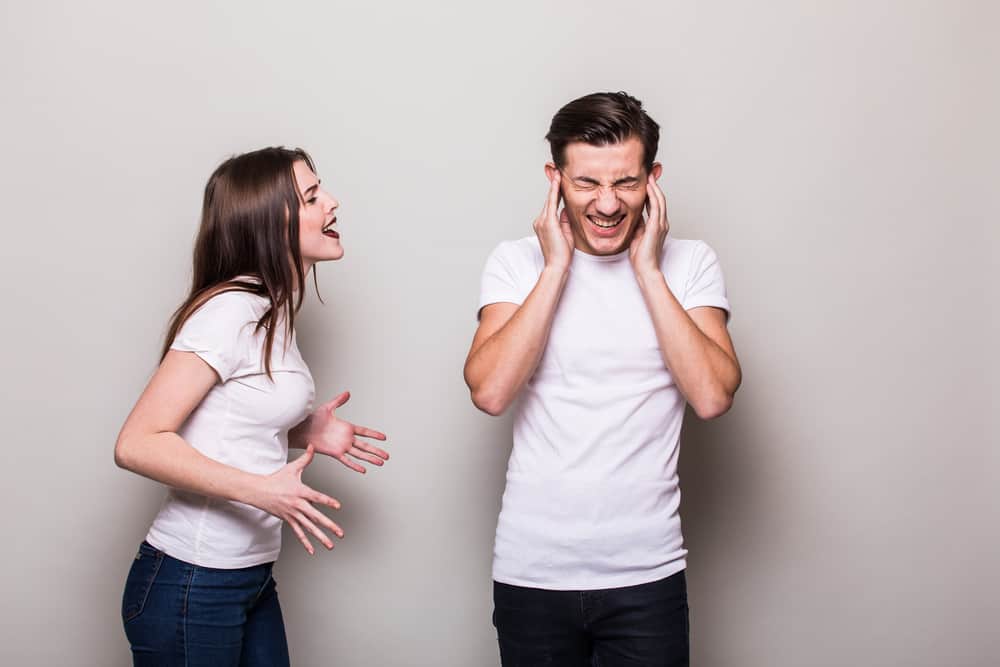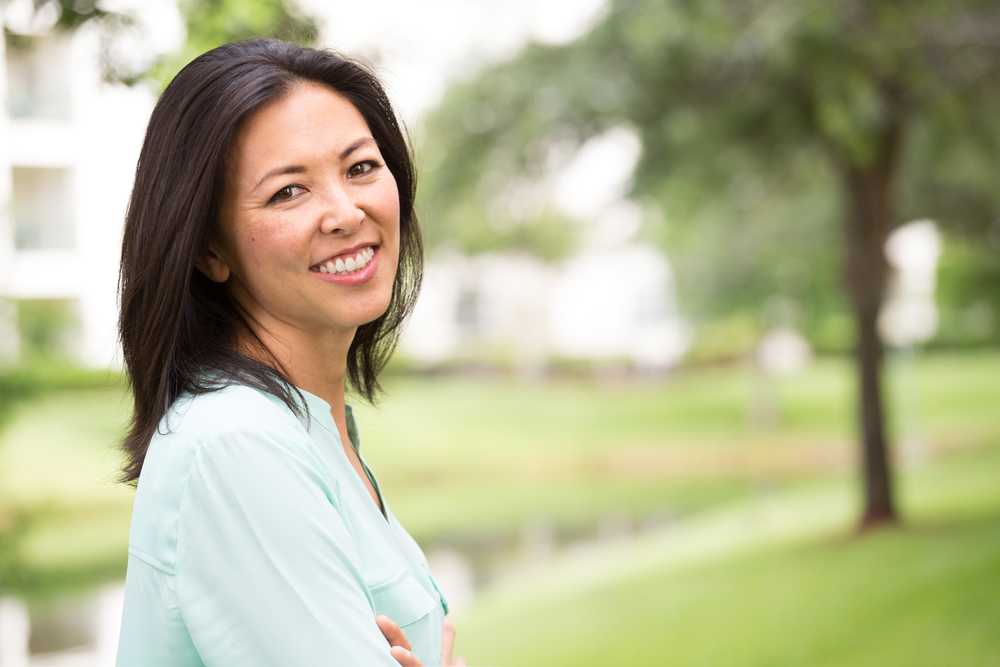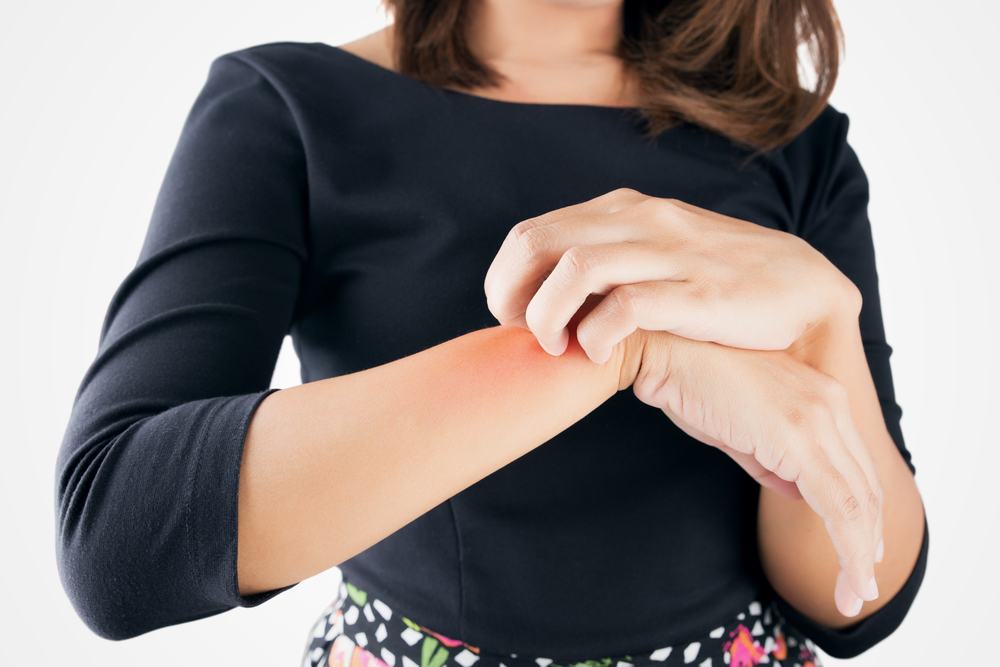Contents:
- Medical Video: How does a pediatric optometrist check a child's eyes & vision? by an eye doctor for kids
- Various vision problems that often attack children
- When should you start checking your child's eyes to see a doctor?
- Child's eye examination procedure
- Where should I check the child's eyes?
Medical Video: How does a pediatric optometrist check a child's eyes & vision? by an eye doctor for kids
The eye is the window of the world whose health needs to be maintained from childhood. Poor children's eyesight will not only interfere with their daily activities, but also greatly affect their success in attending school. For this reason, children must also have their eyes checked at the doctor. So, when should you start checking your child's eyes? Here's the full explanation.
Various vision problems that often attack children
At least 5-10 percent of preschoolers and 25 percent of school-aged children experience vision problems. That is, vision problems cannot only be experienced by adults. The risk of visual impairment in children can increase if there are family members who also experience vision problems.
The most common vision problems experienced by children are:
- Strabismusaka squint, which makes the child's eyes not parallel or does not move in the same direction so that the eye cannot focus on one point. This visual impairment is experienced by around four percent of children in the world.
- Amblyopia or lazy eye is a vision disorder that most often occurs in children. This condition occurs when the brain is more likely to 'employ' one eye only. As a result, one eye becomes weak and looks 'lazy' or out of focus.
- Nearsightedness (myopia), nearsightedness (hypermetropy), and astigmatism.
When should you start checking your child's eyes to see a doctor?
According to the American Academy of Ophthalmology and the American Association for Pediatric Ophthalmology and Strabismus, parents need to start checking the child's eyes from the start. The eyes of a newborn baby will usually be examined using a red reflex test to check if their eyes are normal; are there any possible signs of visual abnormalities, especially if there is a history of visual impairment in the family or the baby is born prematurely.
When a baby is between six months and one year old, you can go back to the ophthalmologist to check the child's eye development. Then between the ages of 3 and 3.5 years, children need to undergo further examinations and eye sharpness tests to ascertain their visual condition. After that, eye examinations can be more routine until the child enters school age.
Once the child reaches the age of 5-6, you need to go back to the doctor to check the child's eyes. This age range is the most vulnerable period for children to develop farsightedness. Therefore, at this age children need to check their eyes at least every two years.
You need to immediately bring your child to the ophthalmologist when you notice that the child is not focusing when he sees something. Especially if your child complains unclear when he sees writing on the school board, watches TV too often at close range, often experiences headaches, complains of double vision, and often squints when he sees certain objects.
Child's eye examination procedure
Formal tests of visual acuity are usually possible for three-year-olds. However, even children as young as two years old can begin to undergo eye examination procedures using picture cards that are easily recognized by children. For example pictures of cakes, hands, birds, horses, and telephones.
Another test commonly used for children aged 3 to 5 years is graph E. The E graph contains many letters E in different sizes and orientations (up, down, right, and left).
At school age, children begin to be tested with the HOTV system, which is a system where letters H, O, T, and V are displayed in different sizes. Children will be given a large board with letters H, O, T, and V, then asked to designate the letters on the board that match the letters on the chart.
Children who are older can be tested with Snellen charts that are commonly used for adults. In general, Snellen charts are the most accurate graphs to use.
Where should I check the child's eyes?
The child's eye examination can be done by an ophthalmologist, your pediatrician, or other trained health care providers. At present there are many free eye check programs offered in schools, health centers, or other community events whose main target is children.

